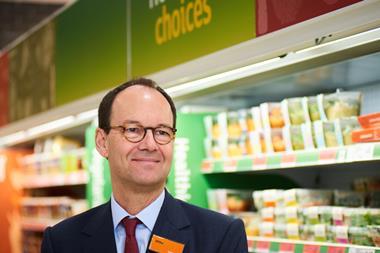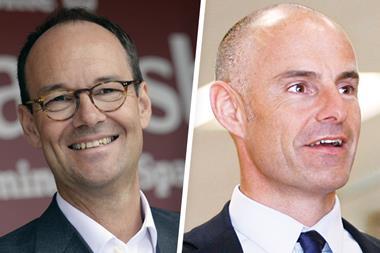
Asda today reported a 2.0% increase in like-for-like sales in the third quarter (1 July 2018 to 30 September 2018), its sixth consecutive quarter of growth.
The results came despite what CEO Roger Burnley called a “challenging third quarter” for the supermarket giant, which last month announced plans to cut up to 2,500 jobs in the latest of a raft of cost-cutting measures.
The results are also boost as Asda faces fierce opposition from suppliers and fellow retailers to its plans for a merger with Sainsbury’s. The deal is under investigation by the Competition & Markets Authority.
Asda said it had benefited from a 13.8% growth in online grocery sales in the quarter and also from the expansion of its Free From range, with 113 new lines, including growing its chilled range by 42% and ambient grocery range by 21%.
Sainsbury’s-Asda: reasons why our merger should go ahead
“In a challenging third quarter for the market we continued to focus on the areas that we know are important to our customers and deliver on our strategic priorities,” said Burnley.
“As a result we were pleased to welcome an additional 115,000 customers through our doors and outperform the market for the second quarter running.
“As we enter what will undoubtedly be an incredibly competitive festive trading period, our stores are fully prepared to bring Christmas home for our customers.
Walmart president and CEO Doug McMillion added: “In the UK, comps of 2.0% marked the sixth consecutive quarter of growth, and online grocery sales outpaced the market, according to Kantar.
“Additionally, we received follow-up communication from the competition authorities related to the proposed merger of Asda and Sainsbury’s. This latest statement was in-line with our expectations, and we will continue to proactively work through the process with the CMA.”
Walmart chief financial officer Brett Biggs said: “Asda continues to make progress against its key strategic priorities, including improving its price position and expanding private label penetration.”



















No comments yet